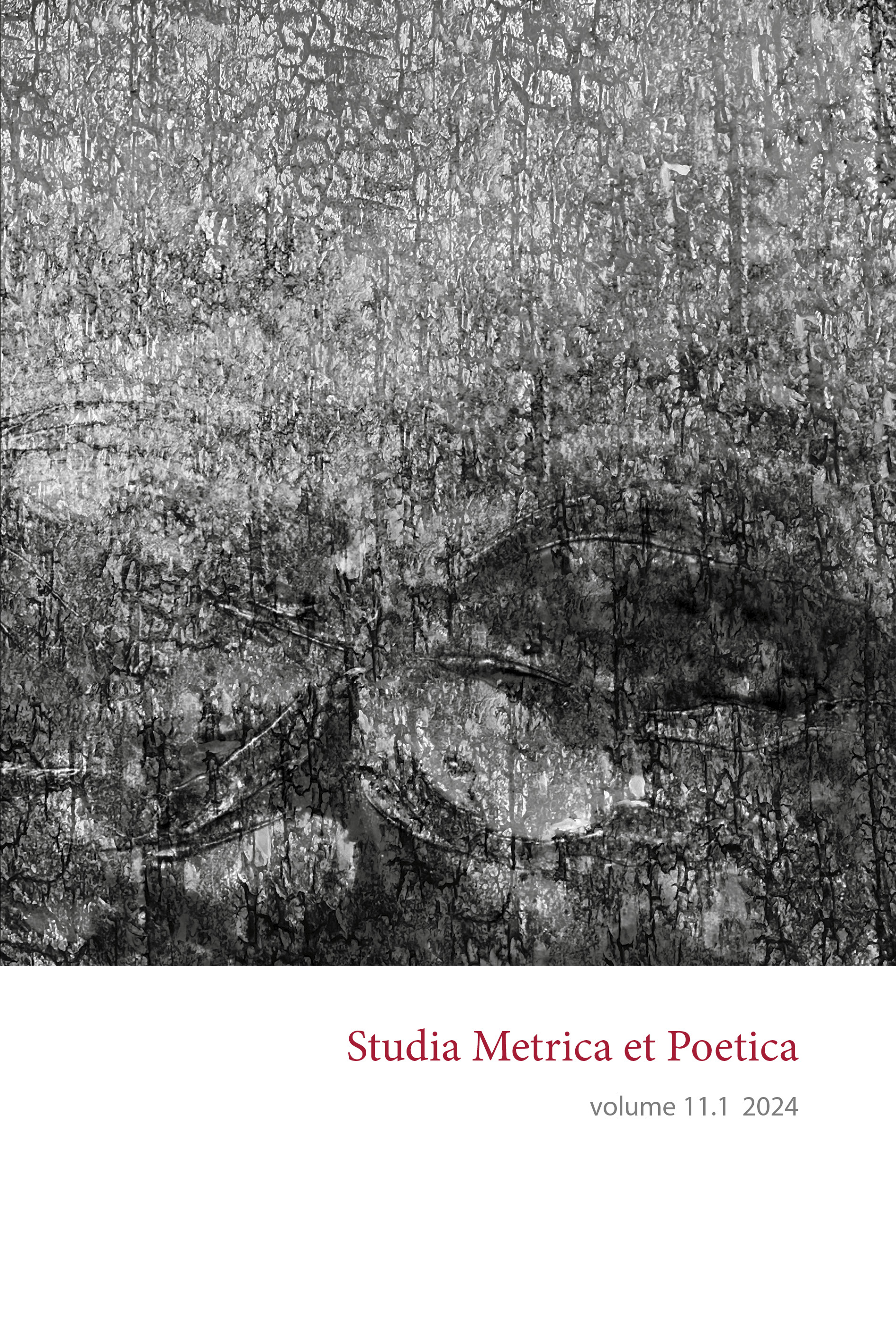Functions of Exact and Homonymous Internal Rhymes in Georgian Medieval Panegyric Poetry
DOI:
https://doi.org/10.12697/smp.2024.11.1.05Keywords:
Chakhrukhauli, Neoplatonism, pre-caesural rhymesAbstract
The text of the medieval Georgian panegyric poem “Tamariani” has come to us in the form of manuscripts of the 18th and 19th centuries. “Tamariani” mainly uses a poetic form, which is known in Georgian versification as “Chakhrukhauli”. “Chakhrukhauli” is a quatrain with twenty-syllable lines, the pre-caesural parts of which consist of two rhymed (often homonymous) syntagms. The lines also have an end rhyme. In Georgian literary criticism, until now, only evaluative points of view have been expressed regarding this work, and the functional nature of the formal techniques has been ignored. This article is an attempt to substantiate the hypothesis that the use of specific formal techniques – in particular, frequently repeated precaesural (including homonymous) rhymes in “Tamariani” – was due to the influence of Neoplatonic philosophy on the author. This hypothesis is also supported by the fact that Georgian researchers also noted the influence of Neoplatonic philosophy on “The Knight in the Panther’s Skin”, the author of which was Chakhrukhadze’s contemporary, the greatest Georgian poet Shota Rustaveli, although, unlike “Tamariani”, the influence of Neoplatonic philosophy was reflected on Rustaveli work’s content and philosophical concept, while in Chakhrukhadze’s poem the influence of Neoplatonism becomes clear upon a careful “reading” of the form of the work.


